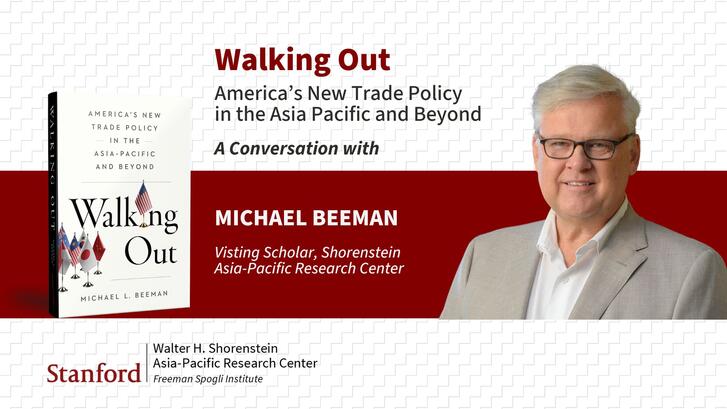Public Perceptions of China in U.S. Allies
Kim’s study examines how geopolitical contexts such as the U.S.-China tensions and alliance relationships shape public attitudes toward China among citizens of U.S. allies. It analyzes data from the Gallup World Poll (2006-2022) covering 22 Asia-Pacific countries and the Asian Barometer Survey (2010-2021) from 14 countries.
The study shows that U.S. alliances and the U.S.-China rivalry influence public attitudes toward China. It finds that, as U.S.-China tensions escalate, citizens in U.S. allied countries — unlike those in non-allied nations — are more likely to develop unfavorable views of China. Additionally, public opinions of China and the United States tend to move in opposite directions as the great power competition intensifies because U.S. alliance relationships help strengthen a sense of shared identity during times of geopolitical crisis.
Shapers of Anti-China Sentiments: Policy Implications
- Strengthening Alliances Amid U.S.-China Tensions: The United States should understand that alliance relationships increasingly matter as U.S.-China tensions intensify. Strengthening these ties can be particularly effective in managing escalating tensions with China.
- Alliance Diplomacy vs. Traditional Value Diplomacy: During periods of geopolitical rivalry, U.S. alliances may have a greater impact than traditional diplomacy based on democratic values. In such times, alliances serve as critical frameworks for shared identity and mutual defense.
- Understanding Anti-China Sentiment: U.S. allies should recognize that rising anti-China sentiments among citizens are closely related to broader geopolitical dynamics. While anti-Japan or anti-America sentiments in countries like South Korea and the Philippines were historically bilateral issues, today's anti-China views are more structural issues and unlikely to diminish unless U.S.-China relations improve.
- China’s Need for a Shift in Strategy: China should consider the geopolitical factors contributing to rising anti-China sentiment in U.S.-allied nations. China’s public diplomacy efforts to strengthen its soft power through financial and non-financial measures may be ineffective when applied to U.S. allies. The Chinese government should therefore prioritize improving its relationship with the United States to mitigate anti-China sentiments in U.S. allies.
National Understandings of Race and Racism in Asia
On September 17, 2024, Postdoctoral Fellow Junki Nakahara shared findings from a SNAPL project that is part of another Lab research track, Nationalism and Racism, at a discussion titled Deconstructing Racism “Denial” in Asia, hosted by George Washington University’s Sigur Center for Asian Studies.
Nakahara’s study examines how nationalism and racism intersect to create exclusion and marginalization across Asia. By analyzing state reports from 16 Asian countries submitted to the United Nations Committee on the Elimination of Racial Discrimination (CERD), the research investigates how these official reports conceptualize race and racism, uncovering pervasive patterns of their denial — literal, interpretive, and ideological. Nakahara thus offers a comparative view of how these perspectives by Asian nations align with or deviate from global norms. Her analysis also illustrates how historical identities and dominant social, political, and religious values shape national attitudes toward race in Asia.
Following Nakahara’s presentation, discussants Hiromi Ishizawa, associate professor of sociology at George Washington University, and Erin Aeran Chung, the Charles D. Miller Professor of East Asian Politics and Director of Undergraduate Studies in the Department of Political Science at Johns Hopkins University, provided insightful commentary. They emphasized the importance of studying race and racism in the Asia-Pacific region and their implications for marginalized communities. The event also sparked an engaging dialogue with the audience, addressing how racism in Asia remains a “blind spot” overlooked in policy, media, and public discourse.
See the coverage of the event in George Washington’s student newspaper >














